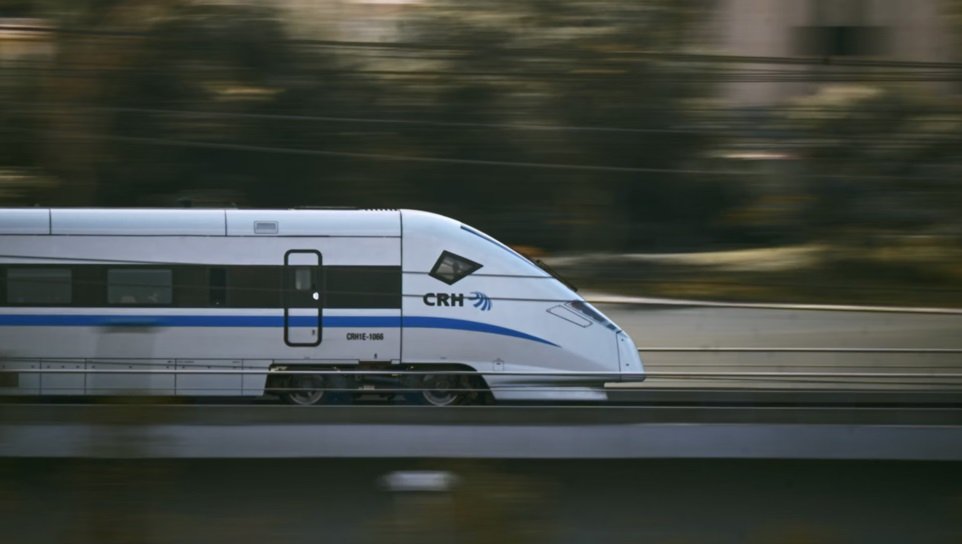The ambitious California bullet train project, aimed at connecting Los Angeles and San Francisco with high-speed rail, has faced numerous challenges since its inception. Despite significant investment and high expectations, the project has struggled to gain traction and has been marred by delays and cost overruns. This article delves into seven key 7 Reasons Why the California Bullet Train Project Failed to meet its objectives.
1. Underestimated Costs and Budget Overruns
One of the primary reasons for the failure of the California bullet train project is the significant underestimation of costs. Initial projections estimated the cost at $33 billion, but this figure has ballooned over time. As of 2021, the projected cost had soared to over $100 billion. These budget overruns have eroded public and political support, making it difficult to secure the necessary funding to complete the project.
Detailed Cost Analysis
- Original Estimates: The original budget was set at $33 billion in 2008.
- Current Projections: As of 2021, estimates have reached $100 billion.
- Funding Shortfalls: The project has consistently struggled to secure the additional funding required.
Implications
The drastic increase in projected costs has led to a significant funding shortfall. The state’s reliance on uncertain sources of funding, such as federal grants and private investments, has further complicated efforts to keep the project on track.
2. Political and Public Opposition
Political and public opposition has been a significant hurdle for the California bullet train project. While high-speed rail systems are popular in countries like Japan and France, the concept has faced skepticism in the United States, particularly in California.
Political Challenges
- Changing Administrations: Shifts in state and federal administrations have resulted in inconsistent support.
- Local Opposition: Many communities along the proposed route have opposed the project due to concerns about noise, environmental impact, and property rights.
Public Perception
- Doubts About Feasibility: Many Californians remain unconvinced about the feasibility and necessity of the project.
- Support for Alternatives: Some believe funds could be better spent on other transportation infrastructure improvements.
3. Environmental and Regulatory Hurdles
California is known for its stringent environmental regulations, which, while essential for preserving the state’s natural beauty and biodiversity, have posed significant challenges for the bullet train project.
Environmental Concerns
- Habitat Disruption: Construction of the rail line threatens to disrupt numerous natural habitats.
- Air Quality: Concerns about air quality during the construction phase have also been raised.
Regulatory Delays
- Permitting Process: The lengthy permitting process has caused significant delays.
- Lawsuits: Various environmental groups have filed lawsuits, further stalling progress.
4. Engineering and Technical Challenges
High-speed rail systems are complex engineering feats, requiring advanced technology and precise construction standards. The California bullet train has encountered numerous engineering and technical challenges that have contributed to its failure.
Infrastructure Requirements
- Tunneling: The proposed route includes extensive tunneling through the Tehachapi and Diablo mountain ranges, presenting significant engineering challenges.
- Seismic Safety: California’s seismic activity necessitates advanced engineering solutions to ensure the rail line can withstand earthquakes.
Technical Setbacks
- Technology Gaps: The need to import technology and expertise from countries with established high-speed rail systems has led to integration issues.
- Design Flaws: Early design flaws have required costly modifications and reengineering.
5. Mismanagement and Lack of Clear Leadership
Effective project management and clear leadership are critical to the success of large infrastructure projects. The California bullet train project has suffered from mismanagement and a lack of clear leadership, leading to inefficiencies and delays.
Management Issues
- Frequent Leadership Changes: The project has seen multiple changes in leadership, resulting in a lack of continuity.
- Poor Coordination: There has been poor coordination between state agencies, contractors, and local governments.
Accountability
- Lack of Transparency: Insufficient transparency and accountability in the management of funds have raised concerns about mismanagement and corruption.
- Oversight Failures: Weak oversight has allowed problems to go unaddressed for extended periods.
6. Funding Uncertainty and Financial Constraints
Securing consistent and adequate funding has been one of the most significant challenges for the California bullet train project. The reliance on uncertain funding sources has created financial instability.
Funding Sources
- Federal Grants: The project has depended heavily on federal grants, which have been subject to political fluctuations.
- State Bonds: Voters approved $9 billion in state bonds in 2008, but this has proven insufficient.
- Private Investments: Efforts to attract private investment have largely failed.
Financial Instability
- Cost Overruns: Ongoing cost overruns have exacerbated financial instability.
- Delayed Funding: Delays in securing funds have led to project delays and increased costs.
7. Lack of Clear Vision and Objectives
A clear vision and well-defined objectives are essential for any large-scale project. The California bullet train project has struggled with shifting goals and a lack of a coherent vision.
Changing Goals
- Route Modifications: Frequent changes to the proposed route have created confusion and opposition.
- Project Scope: The scope of the project has shifted over time, with initial plans for a comprehensive statewide network being scaled back.
Vision Clarity
- Inconsistent Messaging: Inconsistent messaging about the benefits and goals of the project has eroded public support.
- Unclear Benefits: The projected benefits, such as travel time savings and environmental impact, have been questioned.
Conclusion
The failure of the California bullet train project can be attributed to a combination of underestimated costs, political and public opposition, environmental and regulatory hurdles, engineering and technical challenges, mismanagement, funding uncertainty, and a lack of clear vision. While high-speed rail has the potential to transform transportation in California, the numerous obstacles faced by this project highlight the complexities and challenges of implementing such an ambitious infrastructure initiative in the United States.
To learn from these challenges and move forward, it is essential for future projects to ensure accurate cost estimations, foster political and public support, streamline regulatory processes, address engineering challenges, improve project management, secure reliable funding, and establish a clear and consistent vision. Only by addressing these issues can the dream of high-speed rail in California become a reality.
Also read: 7 Reasons Why Employees Leave Their Jobs



